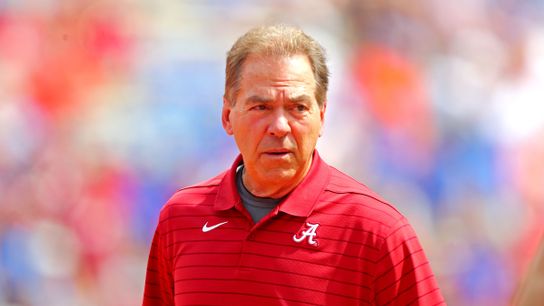With Texas and Oklahoma officially coming aboard in 2024, the SEC is in the midst of writing its future. The two division format is out, and with it the awful 6-1-1 scheduling format, where teams played the six other teams in their division, one permanent rival from the other division, and one rotating opponent from the other division. That format made it somehow possible for Georgia to never visit Kyle Field despite Texas A&M heading into its 12th season of SEC membership, among other scheduling catastrophes.
The debate, if one can even call it that, is between a 1-7 model and a 3-6 model. In the former, teams would play one permanent rival and seven rotating opponents. In the latter, teams would play three permanent rivals and six rotating opponents.
Both formats are vast improvements from the status quo. In each, every SEC team would play the other 15 schools every other year and host each school at least once every four years. But still, one is clearly better than the other.
In a 1-7 format, the SEC would remain at eight conference games and four non-conference games; instead of Kentucky-Arkansas, the conference would serve its TV partners and its fans Kentucky-Murray State. And in the 1-7 format, games such as Texas-Texas A&M, Auburn-Georgia and Alabama-Tennessee would not be played on an annual basis.
However, it seems like the SEC is nearing a decision. In an interview with Sports Illustrated, Nick Saban managed to break a little news.
“I’ve always been an advocate for playing more [conference] games,” Saban told the outlet. “But if you play more games, I think you have to get the three fixed [opponents] right. They’re giving us Tennessee, Auburn and LSU. I don’t know how they come to that [decision].”
I'm not advocating anyone take that quote to the bank, but the certainty of which Saban speaks -- They are giving us -- implies not only that the SEC has reached a decision, it's far enough down the road that the conference office has settled each team's three permanent rivals and dispersed that information to each campus.
Now, what do we make of that, let's call it a heavy implication, there by Saban? I'll never begrudge anyone for arguing for their team but... c'mon, Nick. You don't know how the SEC came to that decision? Probably because those are three teams Alabama already plays annually anyway.
Auburn is obvious. Tennessee is Alabama's No. 2 historical rival. The Crimson Tide and Volunteers have met on each Third Saturday in October since 1928; in fact, the Alabama-Tennessee game was arguably the reason the SEC's awful 6-1-1 format survived as long as it did. Saban was 15-0 versus Tennessee until last season's 52-49 thriller.
“They said they did a 10-year whatever,” Saban said. “Well, some of those years, Tennessee wasn’t as good as they’ve been in the previous 10 years, but now they are as good as they used to be before those 10 years."
Alabama and LSU are not historical rivals, but Tide-Tigers became a quasi-rivalry in the 2010s thanks to both schools' success through the 2010s, the same way Florida-Tennessee became an event in the 1990s.
So why would the SEC consider giving Alabama an annual date with LSU instead of say, Mississippi State? Probably because viewers would strongly prefer to see the Tide play the Tigers instead of the Bulldogs, and because Alabama has shown it can handle it.
Again, nothing's official until the conference tells us it's official. Perhaps Saban's use of the bully pulpit effectively removes LSU from Alabama's schedule in favor of someone less ferocious. But here's hoping they don't.
